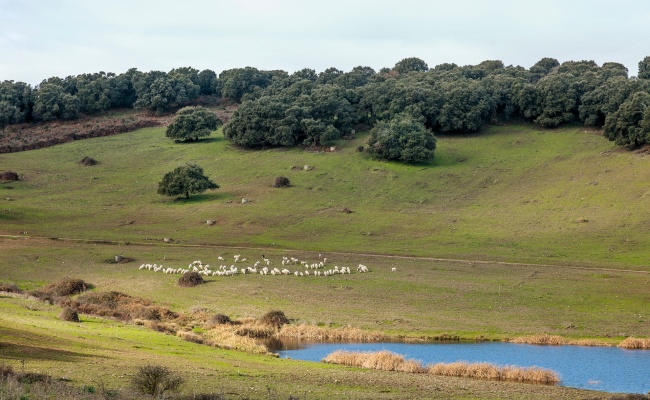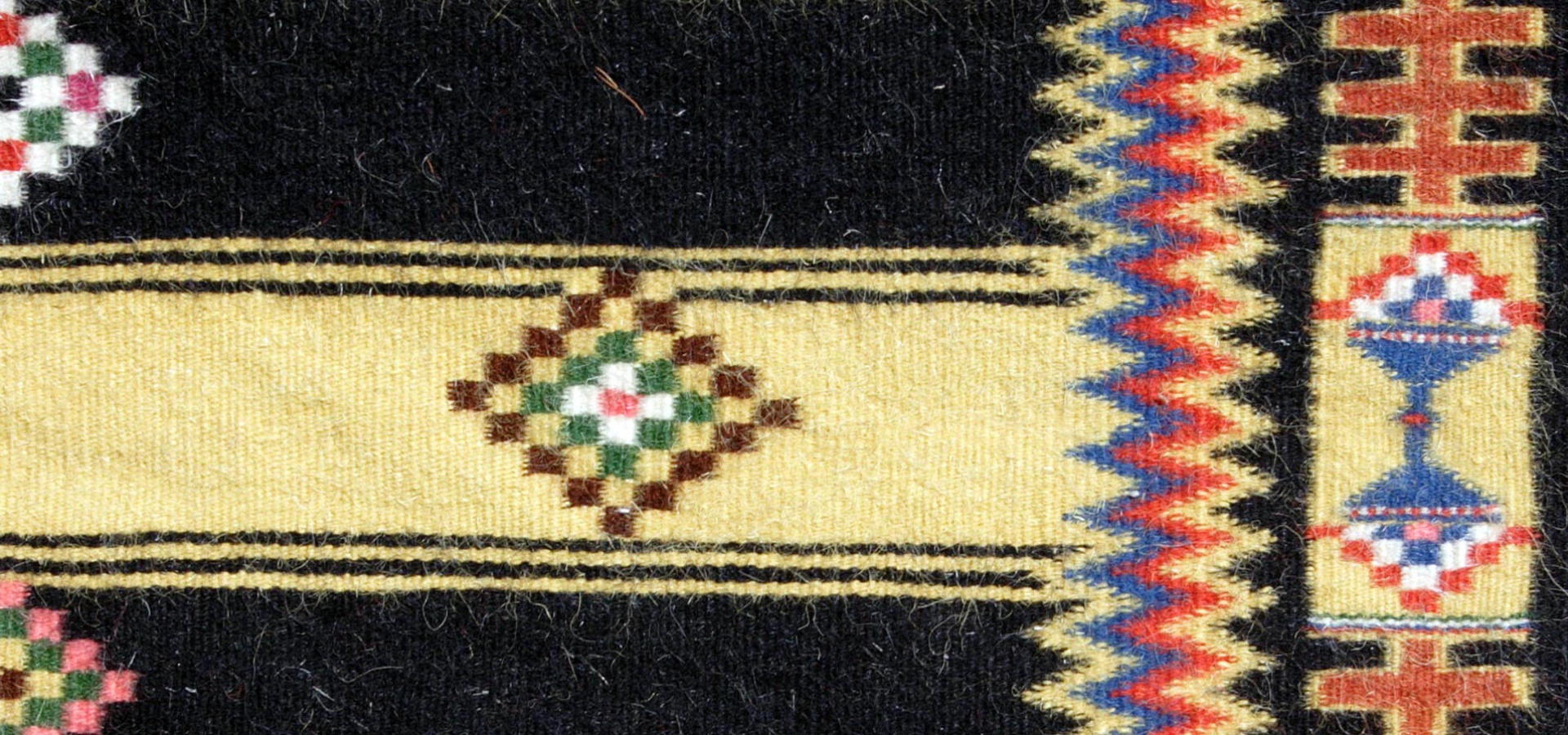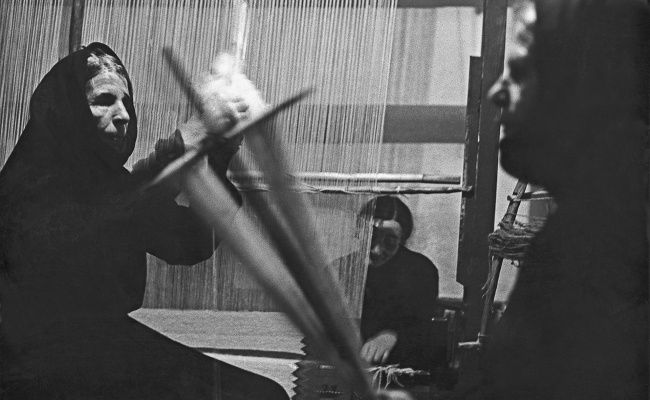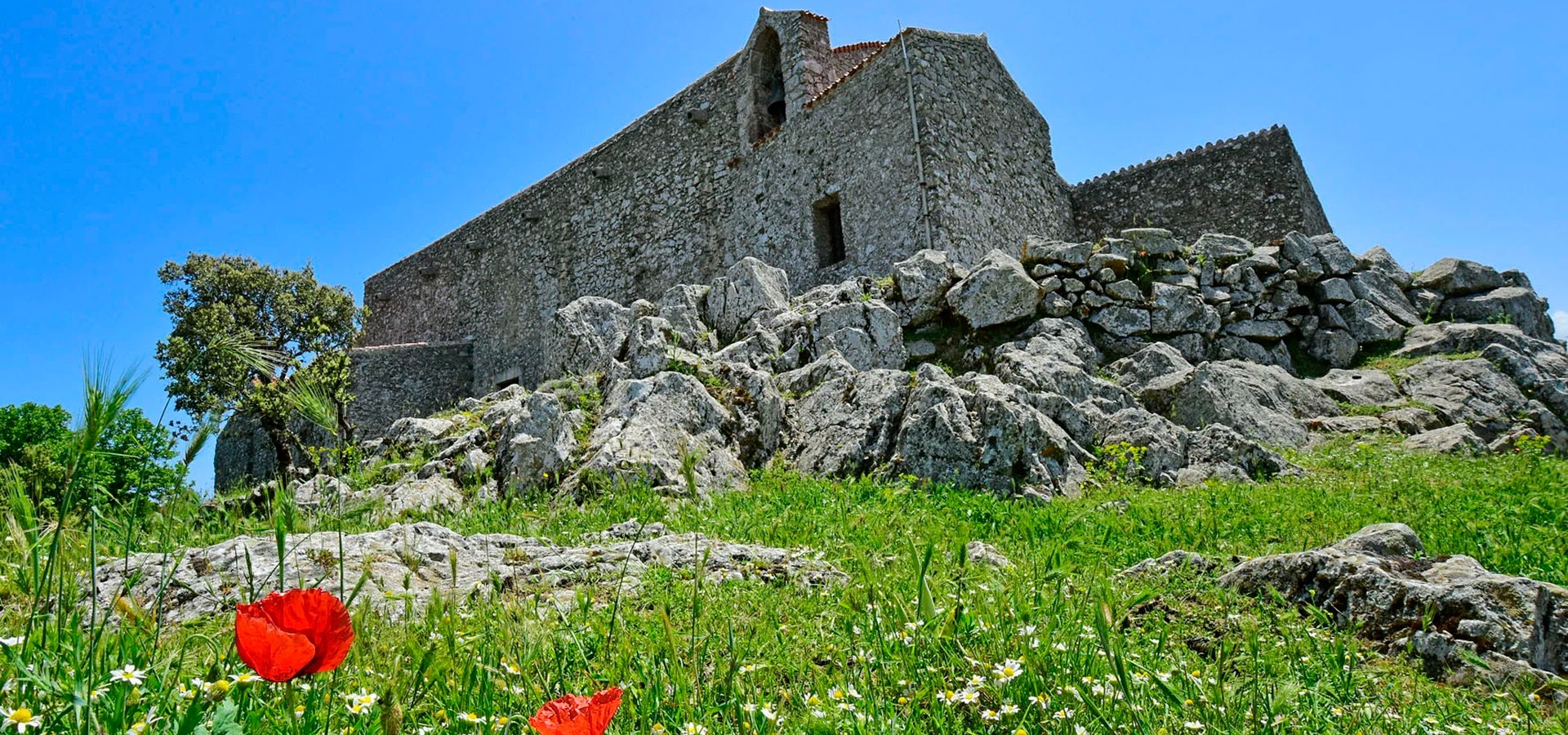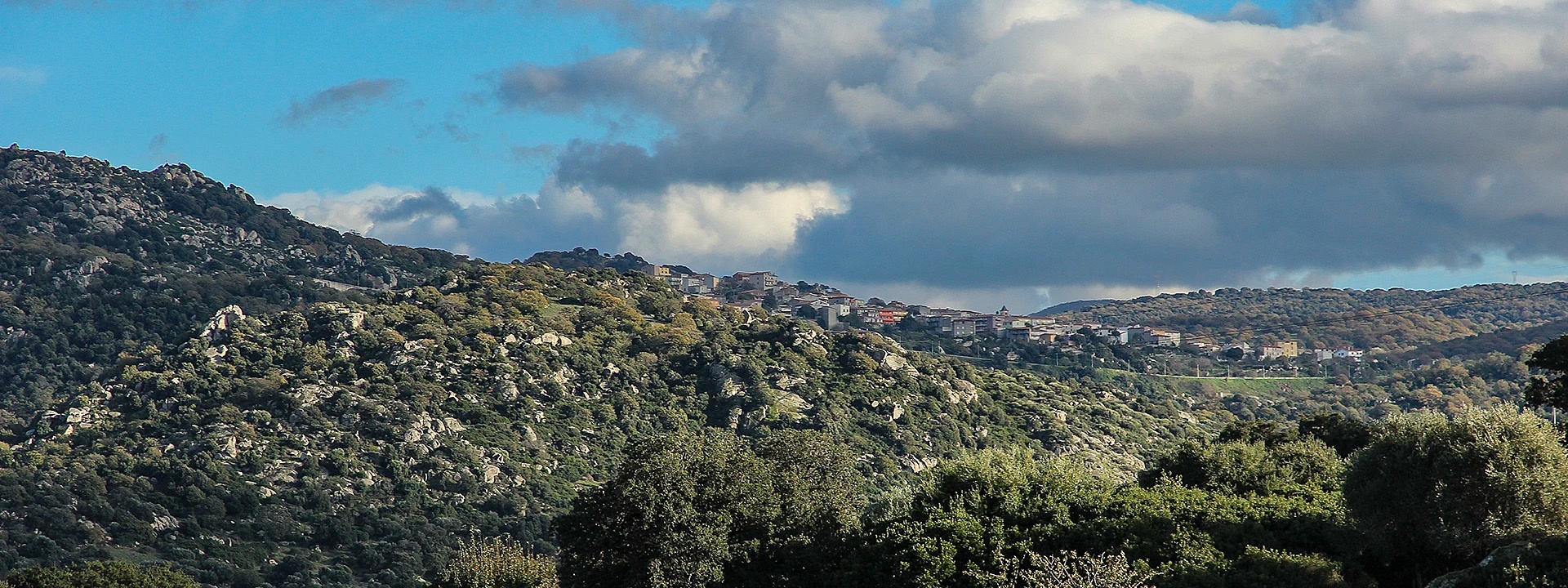
Sarule
Description
Sarule is situated in an atmospheric natural setting, with breathtaking views of the surrounding mountains.
The little town is known for its rich history and cultural traditions.
There are more than forty archaeological and nuraghic sites in the area, attesting to the human presence in the environs since ancient times.
The most noteworthy are the Giants’ Tomb known as S’Altare ‘e Logula and the domus de janas, one of which decorated with a bull’s head, in the Neolithic necropolis Sa Pranedda.
Described by Angius in the nineteenth century as a town of ‘hardworking, peaceful people’, Sarule is famous for its fine colourful rugs, woven on old vertical looms.
In the 1950s, Eugenio Tavolara, director of ISOLA at the time, became interested in the weaving tradition and joined forces with the town’s talented artisans to revive and promote the art. Their textiles, which reproduced the artist’s designs, won numerous international awards and prizes.
Crafts and period objects are on view in the Giudice Ladu house museum on the town’s high street. A typical example of a local elegant residence, it still preserves its original furnishings and is used for traditional bread- and dessert-making demonstrations during the Autumn in Barbagia festival.
The historic centre is a maze of narrow streets and dominated by the church of Nostra Signora del Rosario and that of San Michele.
There is an altarpiece in the latter that was painted by the Orani artist Mario Delitala.
The town is also known for being the birthplace of the writer Salvatore Sini and for the famous love song ‘A Diosa’.
Not far from the town you find the sanctuary of Nostra Signora del Monte Gonare, a pilgrim destination located at the top of the mountain by the same name, and in Valeri, along the road to Ottana, there is a spectacular ancient olive tree with a circumference of eleven metres.
 Nuorese Cultural District
Nuorese Cultural District